For the first few years, I gardened for myself. It was an explosion of energy as I bought plants, dug them in, dug them up and moved them a few inches. Plants, plants, plants. Oh, the colors and textures and potential. The garden was for me — my vision, my dream, my ecstatic fervor.
But as plants grew and flowers bloomed, the life in the garden became something I couldn’t touch, let alone control based on my artistic whim. As butterflies, birds, frogs, spiders, beetles, moths and opossums came through, I realized that the garden was really never for me. No, the garden was for everything I never really knew existed out there in nature, at least not until I made a home for us all. Once I realized the garden wasn’t mine, my experiences tending to it became more meaningful.
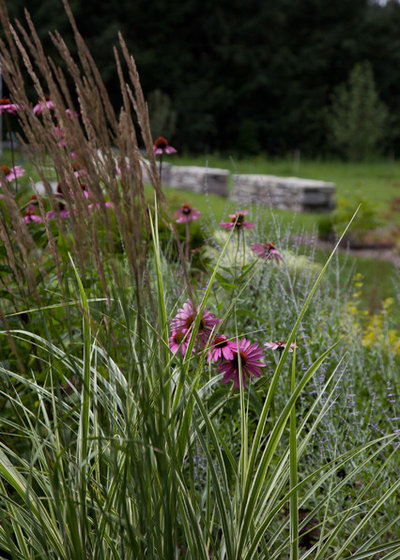
Matthew Cunningham Landscape Design LLC
Mix it up and let them self-sow. Being a prairie guy, I enjoy the close interplay of perennials. I plant my native grasses and flowers within inches of each other, knowing that in the wild, a tallgrass prairie supports 300 species in just 1 acre. So I encourage intermingling. Touching is commended, unlike when I was a kid sitting in the backseat of my parents’ car with my sibling.
I also let things self-sow, move to where they most like it, and so teach me more about what certain plants need to thrive. A little freedom is a good thing. A little letting go of perfection is ideal.
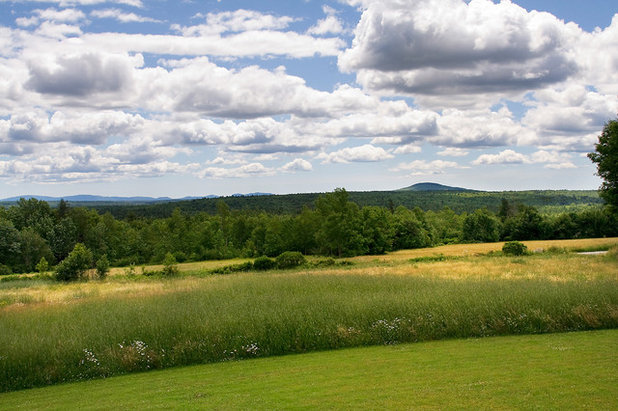
Matthew Cunningham Landscape Design LLC
Mow to a point. I still have some lawn, fine fescue, and I often let it grow up to a foot in summer. I might mow a path through it or create whimsical islands of wind-blown grass. I like the look, and I know the taller grass is supporting a bit more life and conserving soil moisture. Why do I need a manicured lawn? Why do I need a lawn, period? What and who am I supporting when I mow and water and treat this lawn with fertilizers?
How to Replace Your Lawn With a Garden
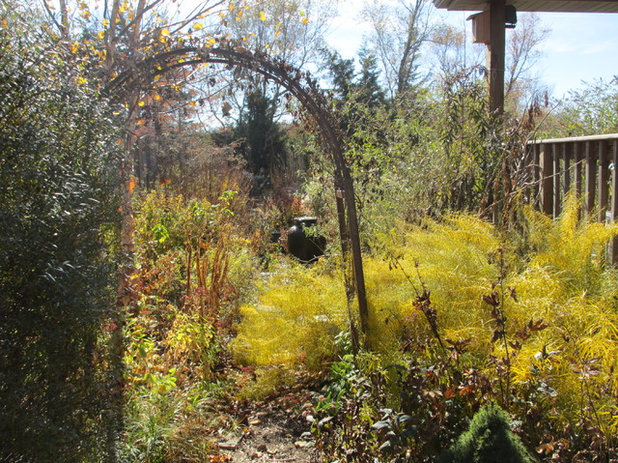
Benjamin Vogt / Monarch Gardens
Autumn is as beautiful as July. Maybe this is too easy to agree with, but if you can garden for October with as much vim and vigor as you do for summer, you’ll be more pleased with the outcome (and have a longer gardening year). You won’t be the only one pleased — fall flowers are key to feeding migrating and overwintering insects. You can start planning for the fall garden in spring so it’ll be ready when you get there — and fall will arrive before you know it.
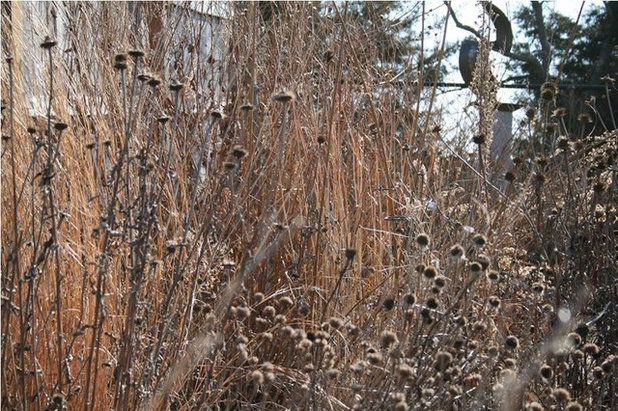
Benjamin Vogt / Monarch Gardens
Celebrate winter. Life goes by too fast — the moment is gone as soon as we live it. Embrace the now. Embrace the winter garden. Leave those plants up, not only because you’re tired or like the look of them, but because they help overwintering wildlife like butterflies and caterpillars and frogs and bees, which all need the protective cover. Plus, the tall stems of spent plants gather more snow to hydrate the soil and protect plants from cold temps. It’s not your garden, it’s the garden’s garden, right?
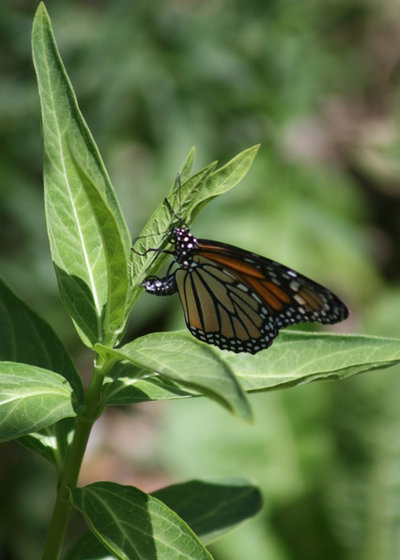
Benjamin Vogt / Monarch Gardens
Host insects. Insects are the base of the food chain, and they need pollen and nectar as adults, but they need host plants for their young much more. Even if you don’t like the look of milkweed or baptisia or zizia, consider planting one anyway to give life to other aspects of a multifaceted natural garden.
See more ways to garden for widlife
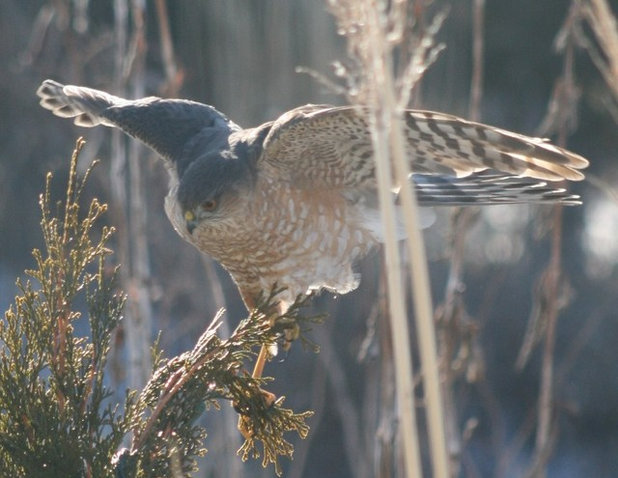
Benjamin Vogt / Monarch Gardens
Predators breed life. Hawks, wasps, preying mantises, even aphids — these are all signs of a thriving garden environment. Never discourage them; welcome them instead. Hawks pick out weak and sick songbirds and make healthier flocks. Wasps carry off or lay eggs inside insects that are becoming a problem. Aphids are a food source for ladybugs and even ants. Garden for predators and you garden for the incredible cycle of life.
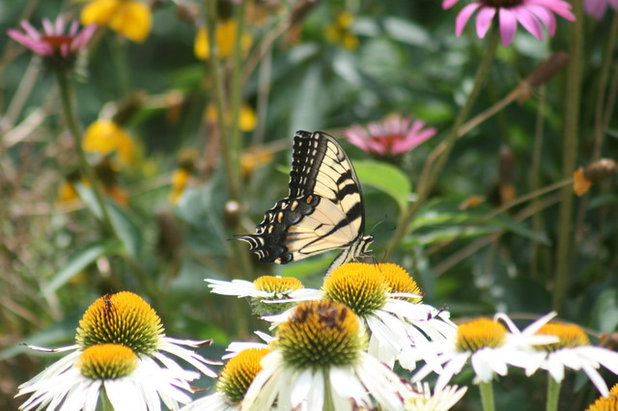
Benjamin Vogt / Monarch Gardens
Perhaps being selfless is the ultimate selfishness. I live by all of the above, and I can spend a blissful hour watching a tiger swallowtail visit flower after flower. But I learn something, too — what flowers various insects or birds seem to prefer, even at what times of day they prefer them.
On my knees, in observational prayer perhaps, I count the seedlings coming up in a place I never intended them to occupy and admit they may be right. I let a crab spider catch a honeybee. I don’t clean up the brush pile in the corner, because I know it’s someone’s home. Humble me. It’s not my garden, and that’s OK.





